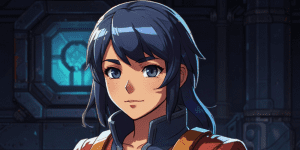Embarking on the Digital Odyssey: A Comprehensive Guide to Crafting Video Games

Video games have evolved far beyond their original function as simple forms of amusement, transforming into platforms for narrative depth, competitive play, and educational value. The process of developing a video game is an exhilarating quest that merges creativity, technological prowess, and narrative craft into a compelling and interactive product. Whether you're an experienced programmer or an enthusiastic beginner eager to turn your innovative ideas into reality, this detailed guide is designed to help you navigate the process of transforming your virtual visions into concrete creations.
Step 1: Ideation and Conceptualization
The genesis of every great video game lies in its concept. Begin with brainstorming sessions where you let your imagination roam free. Think about the type of game you want to create, the story it will tell, the art style, and the mechanics it will employ. Will it be an adrenaline-fueled action experience, a brain-teasing puzzle quest, or an open-world creativity simulator? Think about who you're aiming to appeal to and what might captivate their interest.

Once you have a rough idea, start refining it. Create a game design document (GDD) that outlines your game's world, characters, gameplay mechanics, objectives, and user interface. This document will act as your blueprint throughout the development process and help you communicate your vision to others.
Step 2: Research and Planning
With your concept in hand, research similar games and learn from them. What do they do well, and where could they improve? This analysis will help you identify your game's unique selling points.
Equally important is assembling the right team. Depending on the scope of your project, you might need artists, programmers, designers, sound engineers, and writers. Hiring individuals with a shared passion for your vision and complementary skill sets is crucial for a successful collaboration.
Now, plan your development pipeline. Set milestones and deadlines to keep your project on track. This phase also includes deciding on the right engine and tools for your game. Popular engines like Unity or Unreal provide robust platforms for building games, but the right choice will depend on your game's requirements and your team's expertise.
Step 3: Prototyping
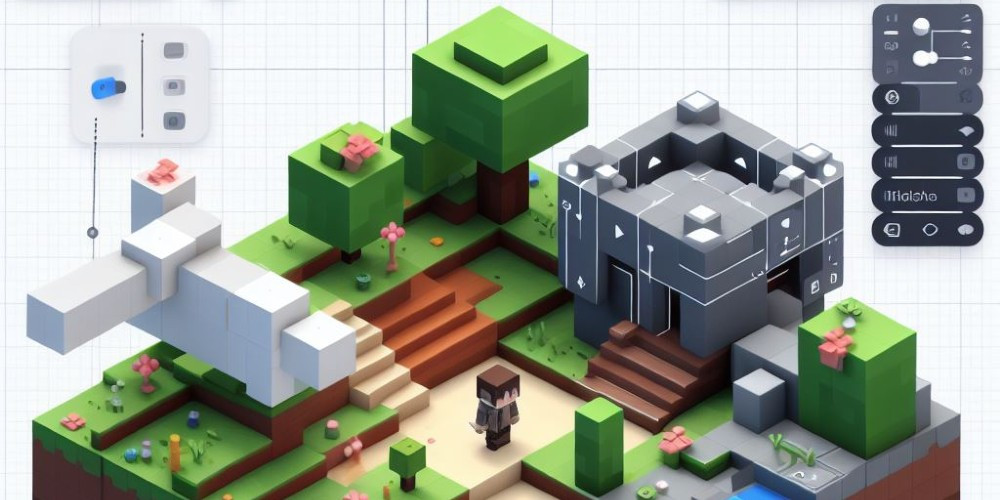
Commence by constructing a basic prototype of your game. This initial model should hone in on the essential gameplay elements and mechanics, providing a streamlined platform to explore and refine your concepts. The prototyping phase is crucial for experimentation, enabling you to swiftly evaluate the entertainment value and engagement level of your game. An effective prototype will clearly demonstrate the potential fun factor of your game, guiding you on whether it's worth pursuing further.
Step 4: Development
Development is where your game starts to take shape. Break down the process into manageable chunks, starting with the creation of assets such as character models, textures, and environments. Programmers will work on implementing the gameplay mechanics, while artists bring the visual aspect to life.
During this time, it's crucial to encourage open communication within your team. Regular updates and status reports will help ensure all members are aligned and informed about the project's progress and objectives.
Step 5: Level Design and World Building
Creating the levels and worlds in which players will spend their time is both an art and a science. Level designers craft spaces that challenge players and facilitate gameplay. Consider player flow, pacing, and the balance between challenge and frustration. Worldbuilders fill these spaces with detail and story, making them feel lived-in and real.
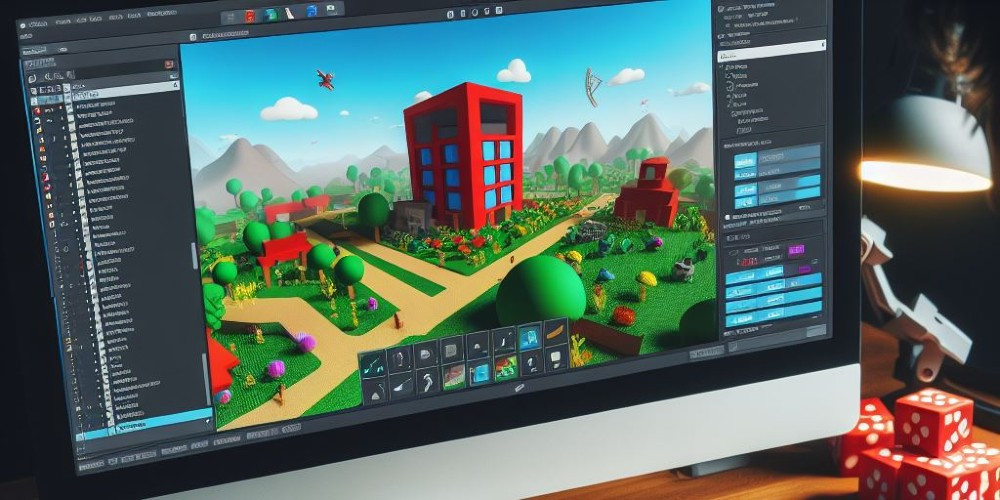
Throughout this process, keep playtesting to refine the balance and flow of your levels. Adjustments are almost always necessary, so be prepared to iterate.
Step 6: Audio Design
Sound is an often underestimated component of game development. Good audio design can elevate your game, creating mood and atmosphere and providing feedback to players. Compose original music that complements your game’s tone, and invest in quality sound effects for actions and interactions within the game world.
Step 7: Narrative and Dialogue
If your game includes a narrative component, this is the time to flesh it out. Work with writers to craft a compelling story and dialogue that will resonate with players. Remember that storytelling in games is unique; it must intertwine with gameplay and allow for player agency. It's not just about the story being told but how players experience and impact it.
Step 8: User Interface and User Experience (UI/UX)
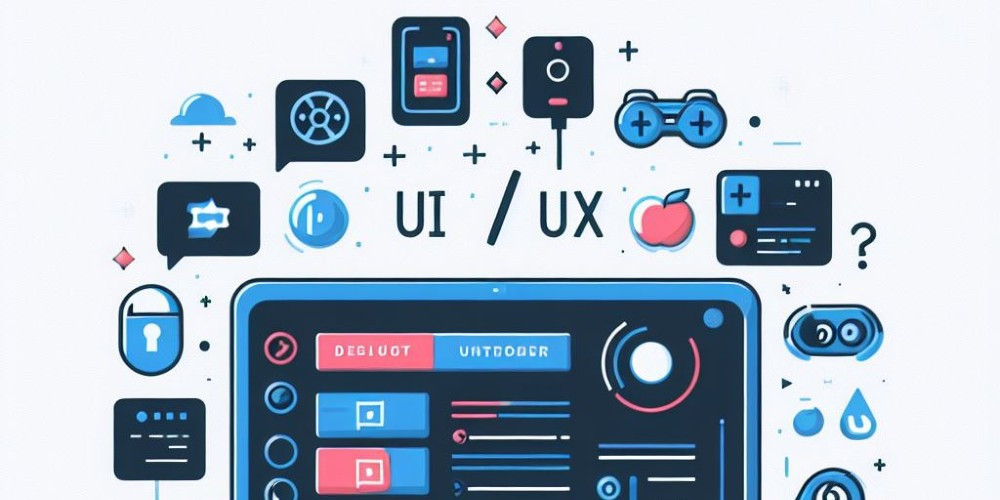
UI/UX designers concentrate on enhancing the player's engagement with your game, with UI encompassing elements such as menus and health indicators, whereas UX revolves around the general experience of interacting with the game. These aspects should be straightforward and contribute positively to the game's charm. Continuously refine your designs with input from users to guarantee that your interface remains accessible and inviting.
Step 9: Testing and Quality Assurance
Testing is critical and should happen concurrently with development. Quality assurance (QA) testers hunt for bugs and inconsistencies, ensuring that the game runs smoothly across different platforms and hardware. They also provide feedback on gameplay, which can lead to further refinements.
Step 10: Marketing and Launch Preparation
As you move into the final stages of development, pivot your attention towards amplifying awareness about your game. Craft a comprehensive marketing strategy that leverages the power of social media, engages audiences through content marketing, and connects with key influencers and media outlets. Cultivate a vibrant community around your game by engaging with users on social media platforms, forums, and through beta testing opportunities.
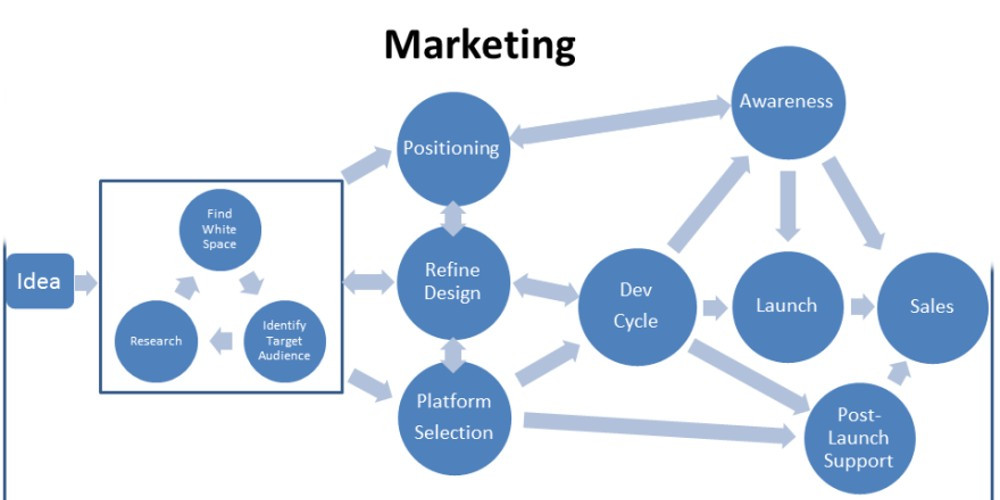
Also, prepare for launch by setting up on digital distribution platforms like Steam, the Epic Games Store, or consoles' marketplaces. Consider the timing of your release and any potential competition.
Step 11: Launch
Releasing your game is a monumental moment. Ensure that your launch day goes smoothly by double-checking that everything is set up correctly on distribution platforms, your website is updated, and your support team is ready to handle player inquiries and issues.
Collect feedback from players and keep an eye on reviews. This information will be invaluable for post-launch updates and patches.
Step 12: Post-Launch Support and Updates
After the launch, your work isn't over. Players will expect updates, bug fixes, and possibly new content. Stay engaged with your community and maintain a schedule for updates. Use analytics to understand how players are interacting with your game and where you can improve.
Post-launch is also an excellent time to reflect on what went well and what could have been done better. This insight will be your guide for future projects.
Conclusion
Embarking on the journey of video game creation is an intricate and rewarding endeavor that merges artistic vision with technological expertise and adept coordination. It requires dedication, resilience, and an openness to learn from both triumphs and challenges. Following the instructions outlined in this manual and customizing them to suit your particular project and objectives, you stand a better chance of creating a game that engages players and remains relevant over the years. Remember, every legendary game starts with a simple idea. Keep in mind that every iconic game begins with a basic concept. What distinguishes a game is how that concept is brought to life. So, assemble your team, fuel your enthusiasm, and embark on the adventure of game development.
Latest posts
See more-
![The Last of Us Part II: In-Depth Character Analysis and Storyline Exploration]() Editor’s Choice
2024-08-11
The Last of Us Part II: In-Depth Character Analysis and Storyline Exploration
The Last of Us Part II is an action-adventure video game that has gained significant popularity since its inception. Developed with immense creative prowess by...
Editor’s Choice
2024-08-11
The Last of Us Part II: In-Depth Character Analysis and Storyline Exploration
The Last of Us Part II is an action-adventure video game that has gained significant popularity since its inception. Developed with immense creative prowess by...
-
![CrossCode Developer Announces Alabaster Dawn, Enters Early Access in Late 2025]() News
2024-08-12
CrossCode Developer Announces Alabaster Dawn, Enters Early Access in Late 2025
In 2021, Radical Fish Games initially introduced a new action RPG titled Project Terra. Now, they have officially named it Alabaster Dawn and announced that...
News
2024-08-12
CrossCode Developer Announces Alabaster Dawn, Enters Early Access in Late 2025
In 2021, Radical Fish Games initially introduced a new action RPG titled Project Terra. Now, they have officially named it Alabaster Dawn and announced that...
-
![Alabaster Dawn Planned to Have 30-60 Hours of Playtime, Demo Launching in Early 2025]() News
2024-08-13
Alabaster Dawn Planned to Have 30-60 Hours of Playtime, Demo Launching in Early 2025
Radical Fish Games has made an exciting announcement regarding their upcoming action RPG, Alabaster Dawn, which is set to enter early access in 2025. In...
News
2024-08-13
Alabaster Dawn Planned to Have 30-60 Hours of Playtime, Demo Launching in Early 2025
Radical Fish Games has made an exciting announcement regarding their upcoming action RPG, Alabaster Dawn, which is set to enter early access in 2025. In...
Latest Reviews
See more-
![]() Action
Cult of the Lamb
Action
Cult of the Lamb
-
![]() Action
WILD HEARTS™
Action
WILD HEARTS™
-
![]() Casual
Gacha Club
Casual
Gacha Club
-
![]() Action
Call of Duty®: Warzone™ 2.0
Action
Call of Duty®: Warzone™ 2.0
-
![]() Action
Gacha Cute
Action
Gacha Cute
-
![]() Action
Cuphead - The Delicious Last Course
Action
Cuphead - The Delicious Last Course



